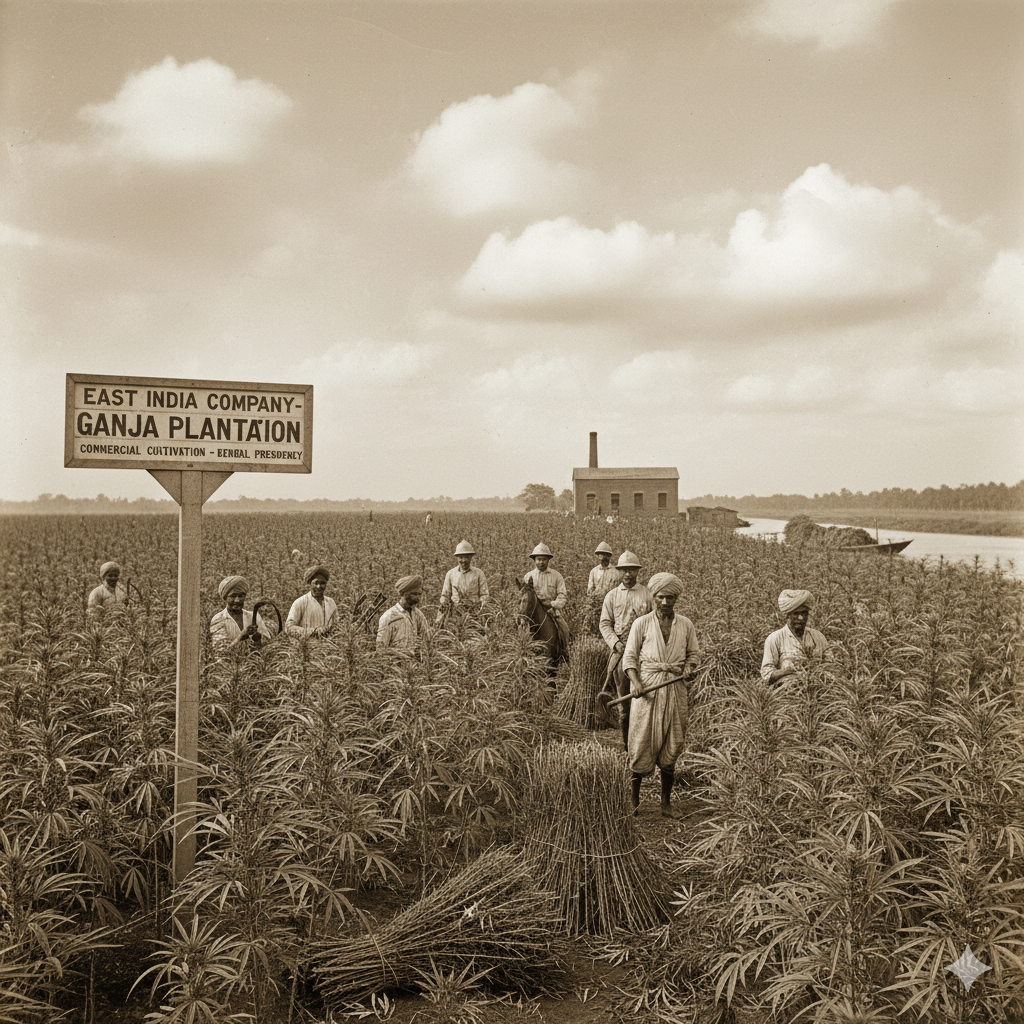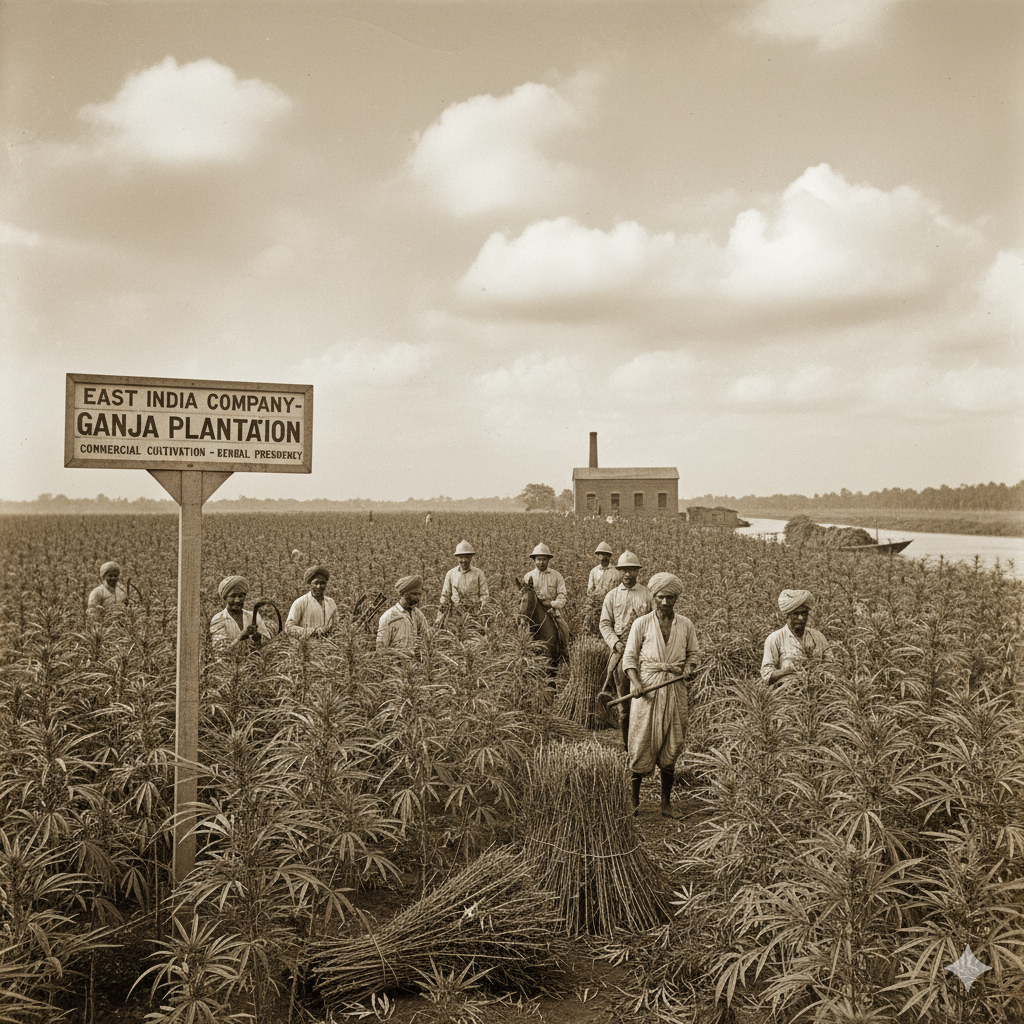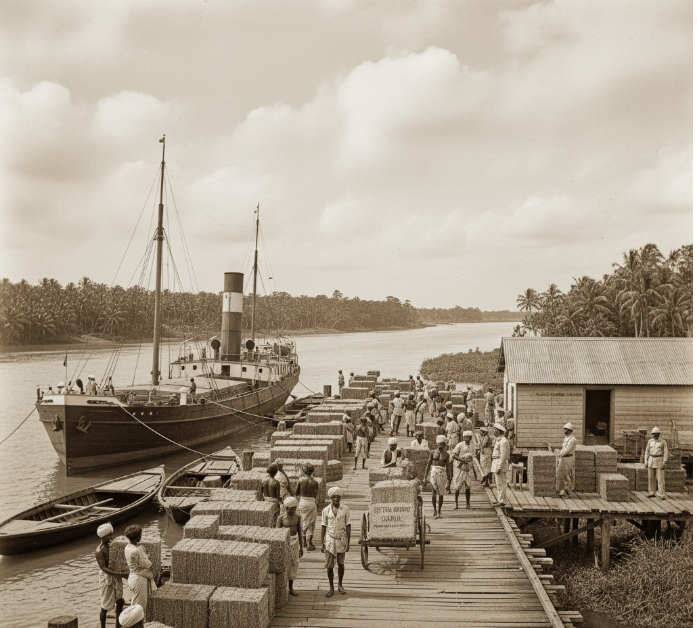
The History of Hemp Cultivation in Bangladesh: From a Profitable Crop to a Banned Substance
Did you Know That?
Weed, also known as Ganja, Cannabis, Marijuana, or Pot, has a significant place in Bangladesh's history. It was more than just a drug; for many years, it played a vital role in the country's economy and was a lucrative crop. The government monitored its cultivation and distribution from the British colonial era through the post-independence period.

The British Era and Commercial Cultivation
The use of weed has a long history in the Indian subcontinent. However, its commercial cultivation and regulated sale took off during British rule. In 1917, the British government founded the "Naogaon Ganja Cultivators' Co-operative Society Limited", Current Day Naogaon, Bangladesh, to promote ganja cultivation and support farmers' welfare. It managed all aspects of production, collection, and distribution through this cooperative.
Naogaon district, especially the village of Baktarpur, was famous for its ganja cultivation. Farmers there made a living from it, and the ganja was even exported to other countries. This trade helped the region's economy flourish. From 1918 to 1947, they produced an average of 55,000 maunds (about 2,000 tons) of ganja annually, which brought in a lot of revenue for the British government.
After Independence and the International Agreement
After Bangladesh gained independence in 1971, ganja cultivation persisted. However, in 1974, Bangladesh ratified the Geneva Convention, an international drug control treaty, which obligated the government to reduce ganja production gradually. By 1987, under General Ershad, ganja cultivation was fully banned, and in 1989, its sale was also outlawed. This marked the end of the "Ganja Society" and its activities. The ban left around 50,000 people from 7,000 families in Naogaon jobless, forcing them to switch to cultivating crops such as rice, mustard, and other vegetables.

Current Situation
Today, ganja cultivation, transport, sale, purchase, and possession are strictly illegal in Bangladesh. The Narcotics Control Act of 1990 imposes severe penalties for carrying over two kilograms of ganja, including the possibility of the death penalty. Despite these strict laws, some individuals still clandestinely grow ganja in remote areas, particularly in the hilly regions of the Chittagong Hill Tracts, such as Khagrachhari and Bandarban, as well as in northern districts like Naogaon and Rajshahi. Once a government-supported and profitable crop, ganja is now a prohibited substance under current law. This change signifies not only legal reform but also reflects a broader global trend towards drug control. It is a lesser-known chapter of our history demonstrating how much societal attitudes and laws have evolved.
While the law is tough, some people still secretly grow ganja in remote areas, especially in the hilly regions of the Chittagong Hill Tracts (like Khagrachhari and Bandarban) and some northern districts (like Naogaon and Rajshahi).
What was once a government-sponsored, profitable crop is now a banned substance in the eyes of the law. This shift reflects legal changes and a bigger global move towards drug control. It's a little-known part of our history that shows how much things have changed.
